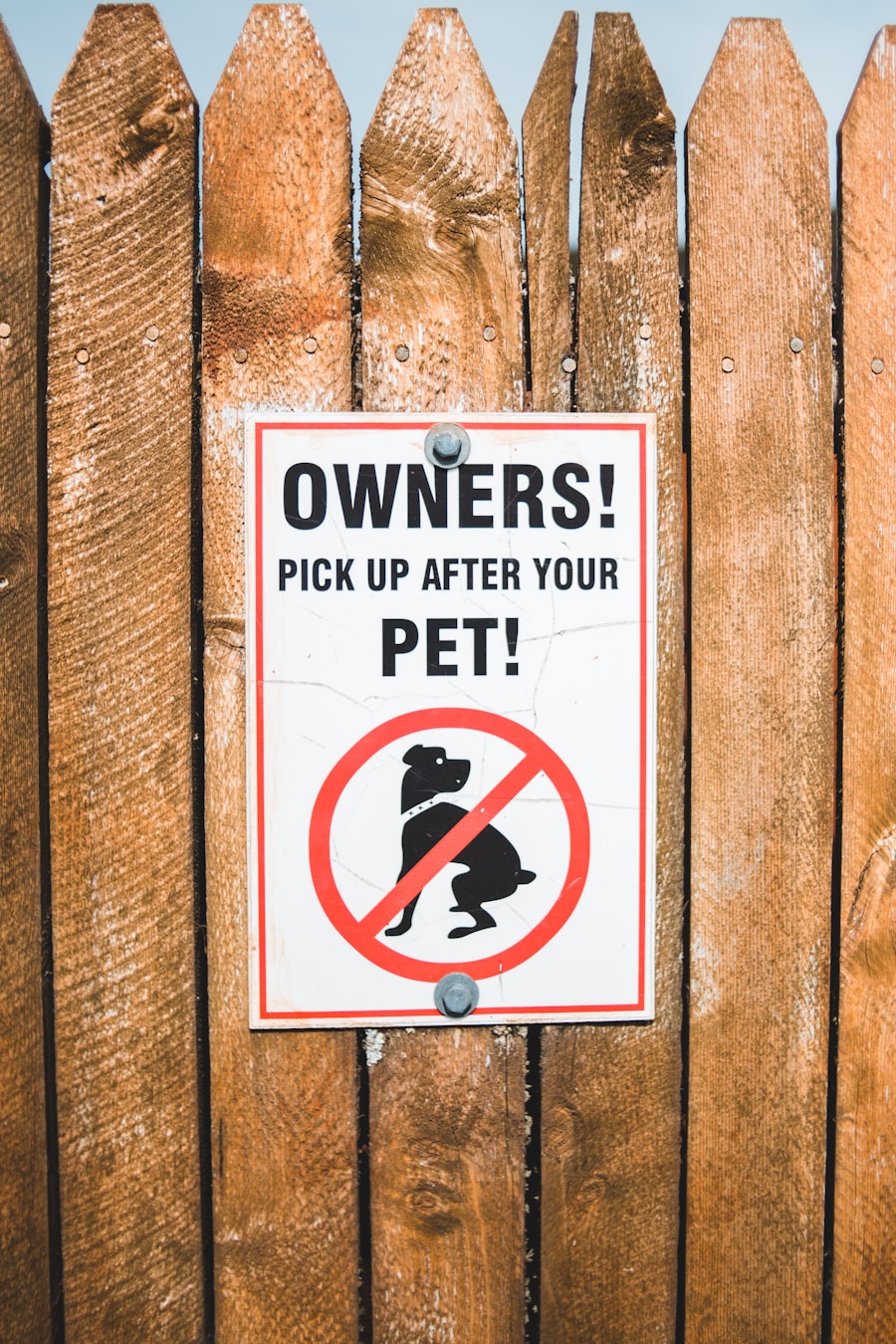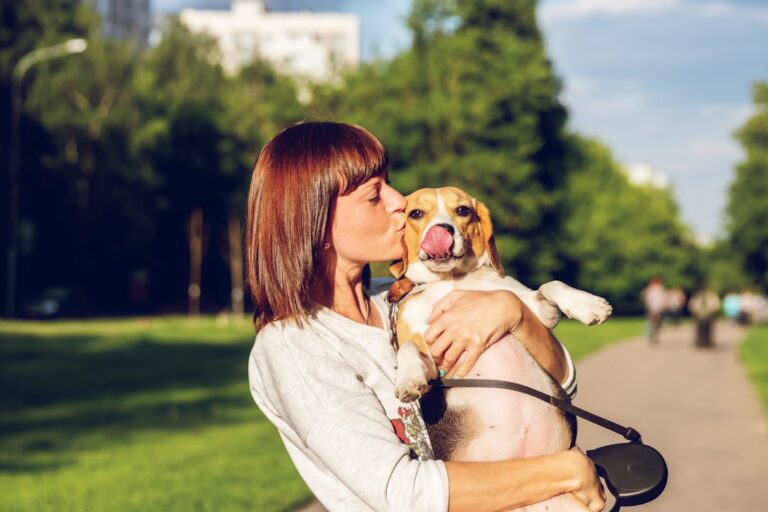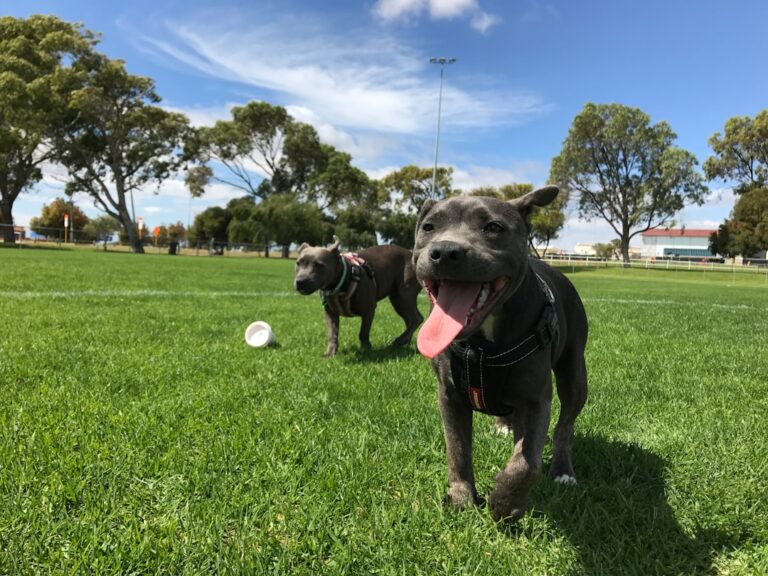Proper nutrition is the cornerstone of a pet’s health and well-being. Just as humans require a balanced diet to thrive, pets also need a carefully curated selection of nutrients to support their growth, energy levels, and overall health. The dietary needs of pets can vary significantly based on their species, breed, age, and health status.
For instance, puppies and kittens require diets rich in protein and fat to support their rapid growth, while older pets may benefit from lower-calorie diets that are easier on their aging bodies. It is essential for pet owners to consult with veterinarians to determine the most appropriate diet for their furry companions. Commercial pet foods are often formulated to meet the nutritional standards set by organizations such as the Association of American Feed Control Officials (AAFCO).
These standards ensure that the food contains the necessary vitamins, minerals, and macronutrients. However, not all pet foods are created equal. Some brands may use fillers or low-quality ingredients that do not provide optimal nutrition.
Pet owners should be vigilant about reading labels and understanding the ingredients in their pets’ food. Additionally, some pets may have specific dietary restrictions or allergies that necessitate a specialized diet, further emphasizing the importance of tailored nutrition.
Key Takeaways
- Proper nutrition is essential for your pet’s overall health and well-being, so make sure to provide a balanced diet with the right nutrients.
- Regular exercise is important to keep your pet physically fit and mentally stimulated, so incorporate daily walks and playtime into their routine.
- Veterinary care is crucial for preventive health measures, so schedule regular check-ups and vaccinations to keep your pet healthy.
- Grooming and hygiene are important for your pet’s comfort and cleanliness, so make sure to regularly brush their coat, trim their nails, and clean their ears and teeth.
- Training and socialization are key for a well-behaved and well-adjusted pet, so invest time in obedience training and exposing them to different environments and experiences.
Regular Exercise
The Risks of Obesity
Obesity can lead to a myriad of health issues, including diabetes, joint problems, and cardiovascular diseases. Different pets have varying exercise needs; for example, high-energy breeds like Border Collies or Labrador Retrievers require more vigorous activity compared to smaller or less active breeds.
Exercise Options for Pets
Incorporating regular exercise into a pet’s routine can take many forms. Daily walks, playtime in the yard, or engaging in interactive games such as fetch or tug-of-war can provide both physical and mental stimulation. For dogs, structured activities like agility training or obedience classes can also be beneficial. Cats, on the other hand, may enjoy climbing structures or interactive toys that encourage them to pounce and chase.
Fostering a Bond through Exercise
The key is to find activities that both the pet and owner enjoy, fostering a bond while promoting a healthy lifestyle.
Veterinary Care

Veterinary care is an essential aspect of responsible pet ownership. Regular check-ups with a veterinarian help ensure that pets remain healthy throughout their lives. These visits typically include vaccinations, dental check-ups, and screenings for common health issues.
Early detection of potential problems can lead to more effective treatment and better outcomes for pets. For instance, routine blood tests can identify underlying conditions such as kidney disease or diabetes before they become severe. In addition to preventive care, pet owners should be aware of the importance of spaying or neutering their pets.
This procedure not only helps control the pet population but also reduces the risk of certain health issues, such as cancers of the reproductive system. Furthermore, pet owners should stay informed about any breed-specific health concerns that may affect their animals. For example, certain dog breeds are predisposed to hip dysplasia or heart conditions, making it crucial for owners to monitor their pets closely and seek veterinary advice when necessary.
Grooming and Hygiene
| Category | Metrics |
|---|---|
| Grooming | Percentage of people who groom daily |
| Hygiene | Number of times people brush their teeth per day |
| Grooming | Percentage of people who shower or bathe daily |
| Hygiene | Percentage of people who wash their hands before meals |
Grooming and hygiene play a significant role in a pet’s overall health and comfort. Regular grooming helps to remove dirt, debris, and loose fur from a pet’s coat, which can prevent skin irritations and infections. Different breeds have varying grooming needs; long-haired breeds like Shih Tzus or Persian cats require more frequent brushing to prevent matting, while short-haired breeds may need less maintenance.
Bathing should also be done judiciously; over-bathing can strip natural oils from the skin and coat, leading to dryness. In addition to coat care, dental hygiene is another critical aspect of grooming that is often overlooked by pet owners. Dental disease is prevalent among pets and can lead to serious health issues if left untreated.
Regular brushing of a pet’s teeth using veterinarian-recommended toothpaste can help prevent plaque buildup and gum disease. Additionally, providing dental chews or toys designed to promote oral health can be beneficial. Regular grooming sessions not only keep pets looking their best but also provide an opportunity for owners to check for any unusual lumps or skin changes that may require veterinary attention.
Training and Socialization
Training and socialization are fundamental components of raising a well-adjusted pet. Proper training helps establish boundaries and encourages good behavior, making it easier for pets to coexist with humans and other animals. Basic commands such as sit, stay, and come are essential for safety and communication between pets and their owners.
Positive reinforcement techniques—rewarding desired behaviors with treats or praise—are effective methods for training pets without causing fear or anxiety. Socialization is equally important, particularly during a pet’s formative months. Exposing puppies and kittens to various environments, people, and other animals helps them develop confidence and reduces the likelihood of behavioral issues later in life.
For example, a well-socialized dog is less likely to exhibit fear-based aggression towards strangers or other dogs. Pet owners should seek opportunities for socialization through puppy classes, dog parks, or supervised playdates with other pets. The goal is to create a well-rounded animal that can adapt to different situations with ease.
Mental Stimulation

Mental stimulation is often an overlooked aspect of pet care but is crucial for preventing boredom-related behaviors such as excessive barking or destructive chewing. Pets thrive on mental challenges that engage their natural instincts and curiosity. Interactive toys that dispense treats or puzzles that require problem-solving skills can keep pets entertained while providing cognitive benefits.
For example, toys that require dogs to figure out how to access hidden treats can stimulate their minds while satisfying their natural scavenging instincts. In addition to toys, engaging in activities that promote mental stimulation can enhance the bond between pets and their owners. Training sessions that teach new tricks or commands not only provide mental exercise but also reinforce the human-animal relationship through positive interactions.
Activities like scent work or agility training can also be excellent outlets for mental energy. By incorporating a variety of stimulating activities into a pet’s routine, owners can help ensure their companions remain happy and well-adjusted.
Pet-proofing your Home
Pet-proofing your home is an essential step in creating a safe environment for your furry friends. Pets are naturally curious creatures; they explore their surroundings with enthusiasm, which can sometimes lead them into dangerous situations. To minimize risks, pet owners should assess their living spaces for potential hazards such as toxic plants, exposed electrical cords, or small objects that could be swallowed.
For instance, common household items like chocolate, grapes, and certain medications are toxic to pets and should be stored securely out of reach. In addition to removing hazards, creating designated spaces for pets can help them feel secure while keeping them safe from potential dangers. For example, using baby gates to restrict access to certain areas of the home can prevent pets from wandering into kitchens or laundry rooms where they might encounter harmful substances.
Providing comfortable bedding and safe toys in designated areas can also help keep pets occupied while reducing the likelihood of destructive behavior caused by boredom or anxiety.
Emergency Preparedness
Emergency preparedness is a critical aspect of responsible pet ownership that often goes unconsidered until a crisis arises. Natural disasters such as hurricanes, earthquakes, or wildfires can pose significant risks to both humans and their pets. Pet owners should have an emergency plan in place that includes provisions for their animals’ safety and well-being during such events.
This plan should encompass evacuation routes that accommodate pets and a list of pet-friendly shelters in case of an emergency. Additionally, assembling an emergency kit specifically for pets is essential. This kit should include food and water supplies sufficient for at least three days, medications if applicable, identification tags with up-to-date contact information, leashes or carriers for transport, and any necessary comfort items such as blankets or toys.
Regularly reviewing this kit ensures that supplies remain fresh and relevant as circumstances change over time. By being proactive about emergency preparedness, pet owners can significantly enhance the safety and security of their beloved companions during unforeseen events.












